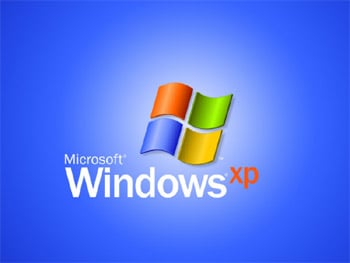 In today’s world companies are turning to cloud computing as a way to cut down on expenses, simplify management, and decrease hardware on-site. Companies (customers) often turn to third parties to provide cloud computing; cloud providers. While enlisting the cloud providers for their services, companies may think that their cloud providers will provide solutions to their businesses. However, this is NOT likely to be the case. When it comes to cloud computing, companies should be aware of the difference between cloud providers and cloud solution providers.
In today’s world companies are turning to cloud computing as a way to cut down on expenses, simplify management, and decrease hardware on-site. Companies (customers) often turn to third parties to provide cloud computing; cloud providers. While enlisting the cloud providers for their services, companies may think that their cloud providers will provide solutions to their businesses. However, this is NOT likely to be the case. When it comes to cloud computing, companies should be aware of the difference between cloud providers and cloud solution providers.

 s known websites, and you—the end user. This has been going on for the past two years. HeartBleed created a weakness that allowed the stealing of information protected under normal conditions. Heartbleed was able to accomplish all of this by overriding the encryption code used by many websites and was virtually undetected. The websites that were (or are) most likely to be victims use open-source tools called Open SSL—which provides most of the modern web of SSL (Secure Sockets Layer) and Transport Layer Security (TLS) functionality. SSL/TLS are a set of protocols that provide security for internet communication—it encrypts the data being communicated between two (or more) internet users.
s known websites, and you—the end user. This has been going on for the past two years. HeartBleed created a weakness that allowed the stealing of information protected under normal conditions. Heartbleed was able to accomplish all of this by overriding the encryption code used by many websites and was virtually undetected. The websites that were (or are) most likely to be victims use open-source tools called Open SSL—which provides most of the modern web of SSL (Secure Sockets Layer) and Transport Layer Security (TLS) functionality. SSL/TLS are a set of protocols that provide security for internet communication—it encrypts the data being communicated between two (or more) internet users. Tuesday marked an end of an era for Microsoft and Microsoft users alike, Windows XP era. After twelve years, Microsoft has decided to end providing security updates and support for the Windows XP line. The people most affected by this are businesses and federal agencies. Windows XP is considered to be the best operating system that Microsoft has produced since it launched on October 25, 2001. Microsoft has released multiple successors throughout the years: first was the loathed Windows Vista, quickly followed by Windows 7, and now Windows 8.
Tuesday marked an end of an era for Microsoft and Microsoft users alike, Windows XP era. After twelve years, Microsoft has decided to end providing security updates and support for the Windows XP line. The people most affected by this are businesses and federal agencies. Windows XP is considered to be the best operating system that Microsoft has produced since it launched on October 25, 2001. Microsoft has released multiple successors throughout the years: first was the loathed Windows Vista, quickly followed by Windows 7, and now Windows 8.
